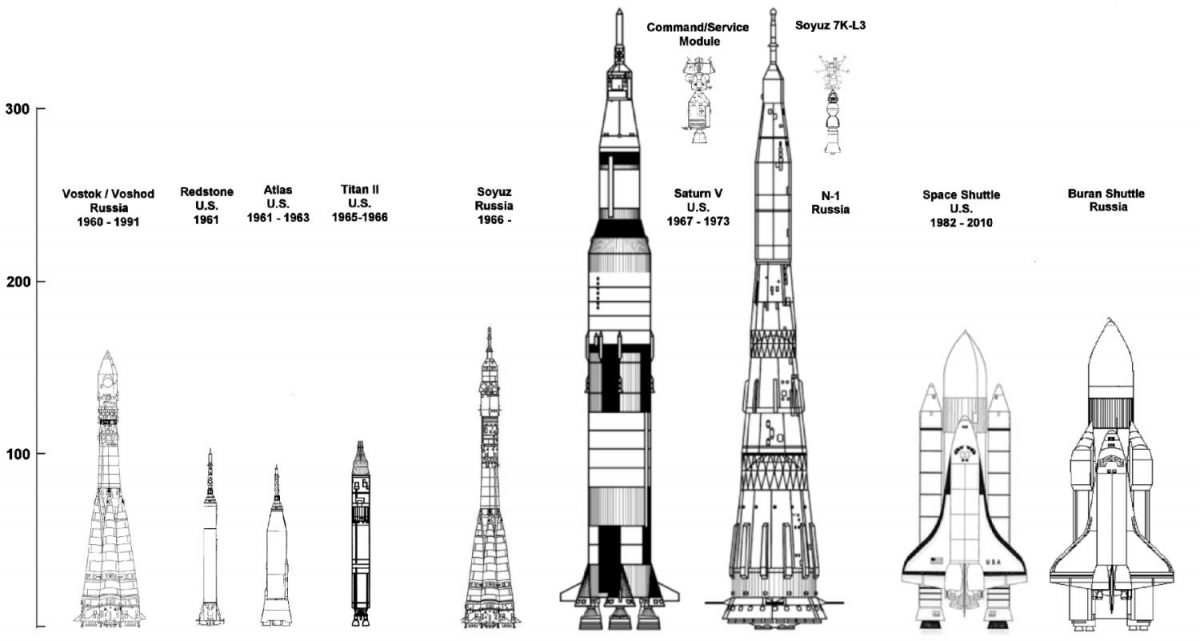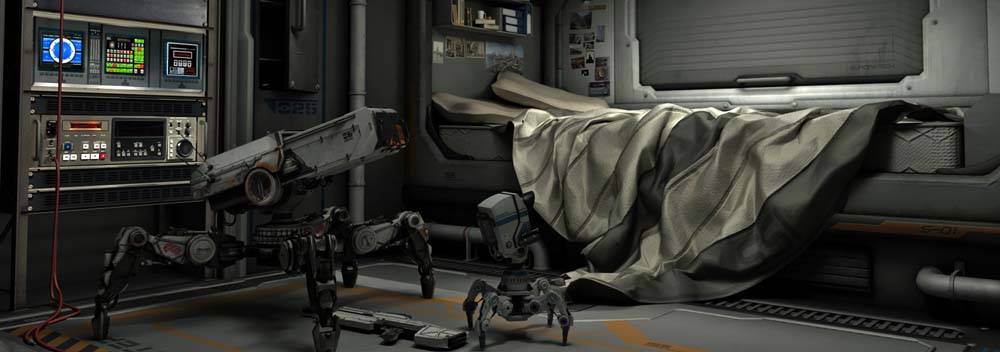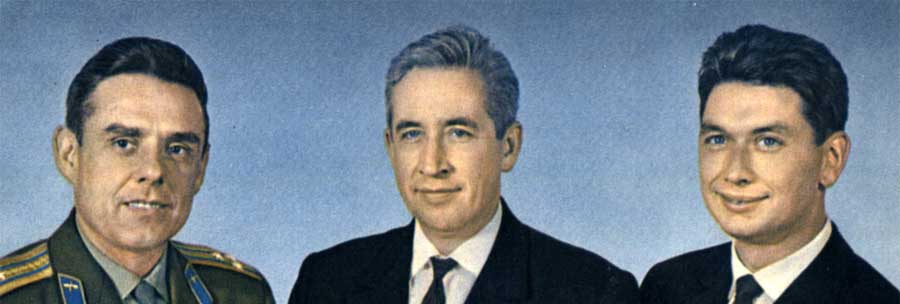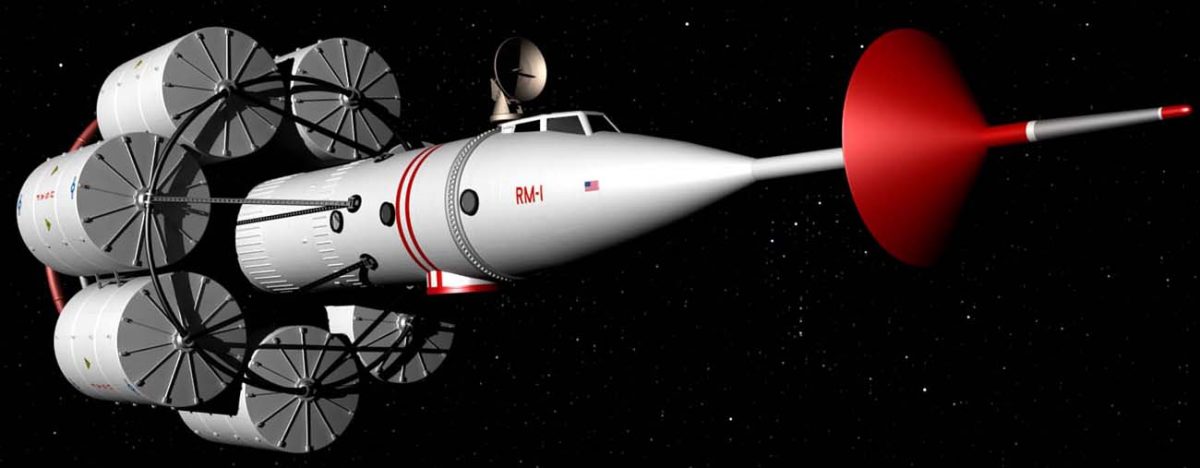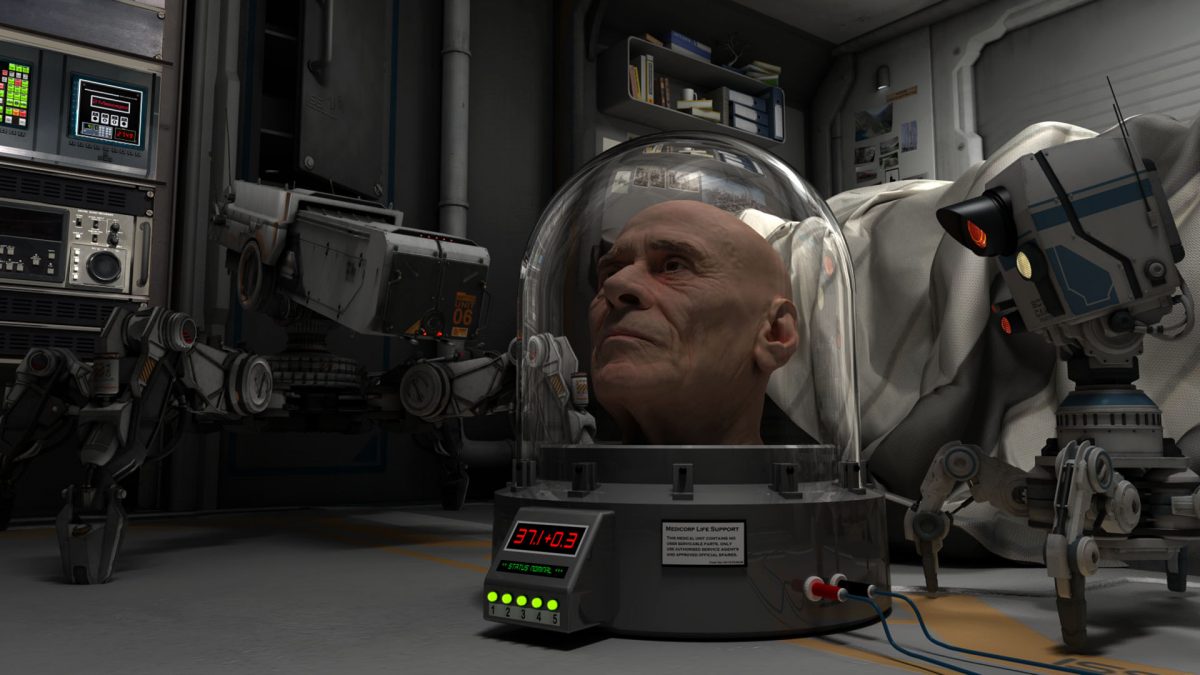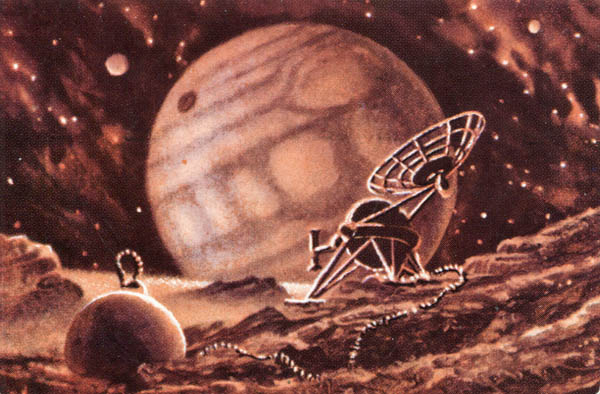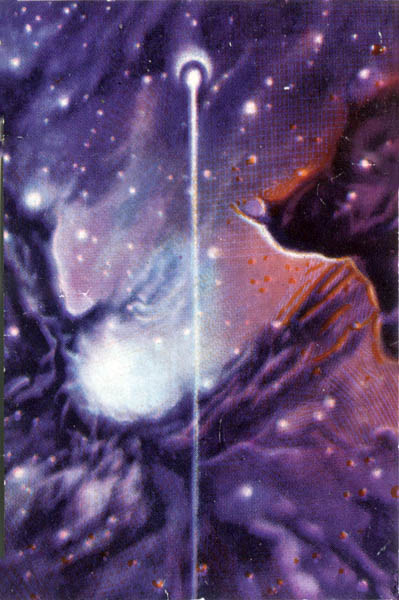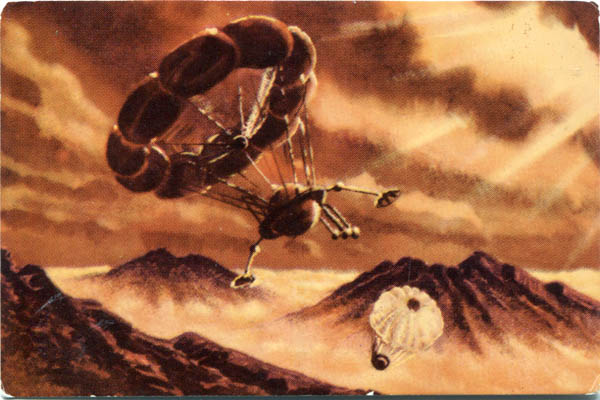I have seen some rather good work which centres around astronauts being shown in situations they really don’t belong. It occurred to me that I had some rather good spacesuits, and a selection of settings, so perhaps I could have a go at images in the same style.
Then came a request for me to do something similar as an album cover.
This post shows the results so far…
In every case, a LOT of effort went into getting the lighting right. This led to high render times, but nothing too bad for stills. And it has to be done well to make the combination credible. Continue reading “Out of place astronauts”


